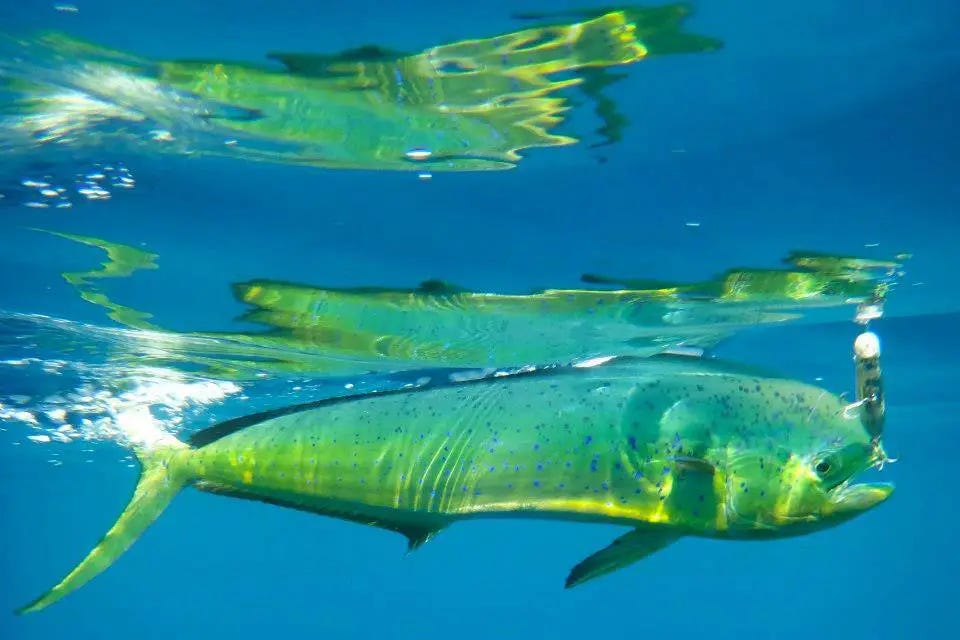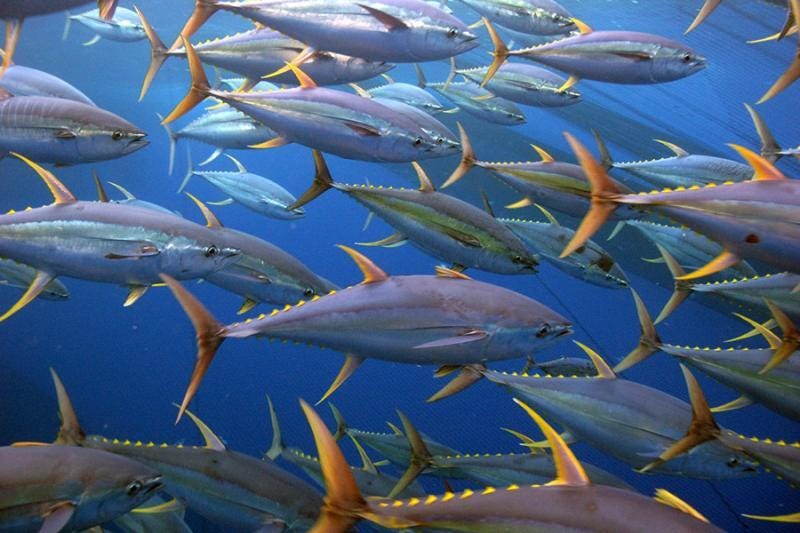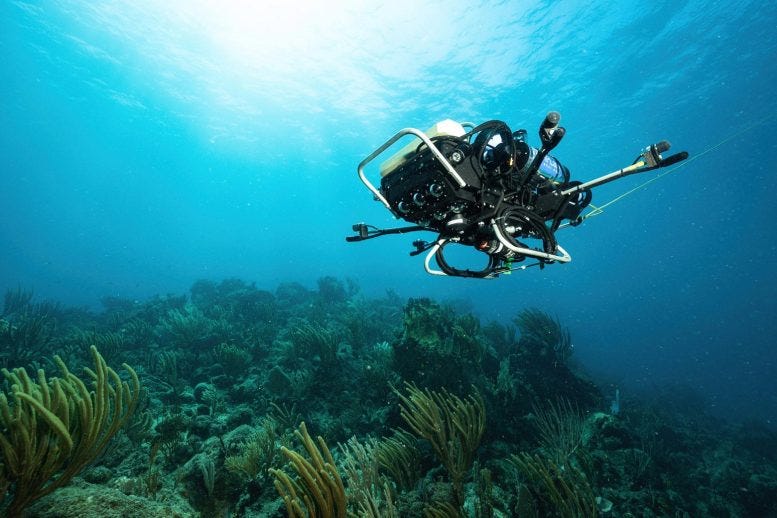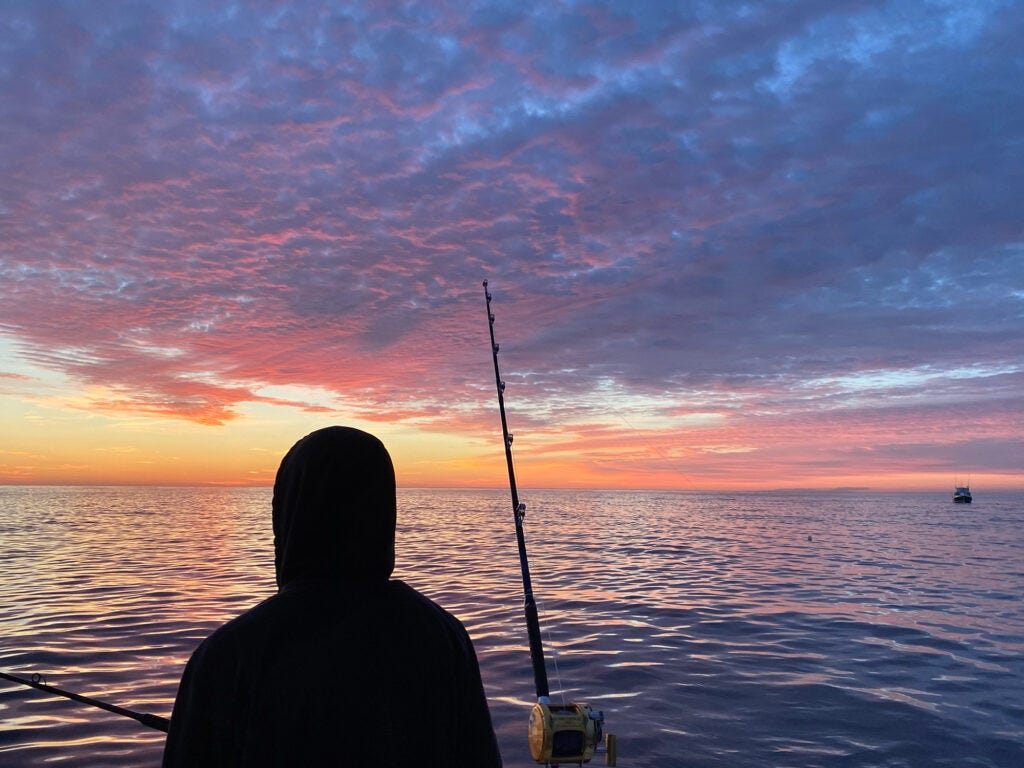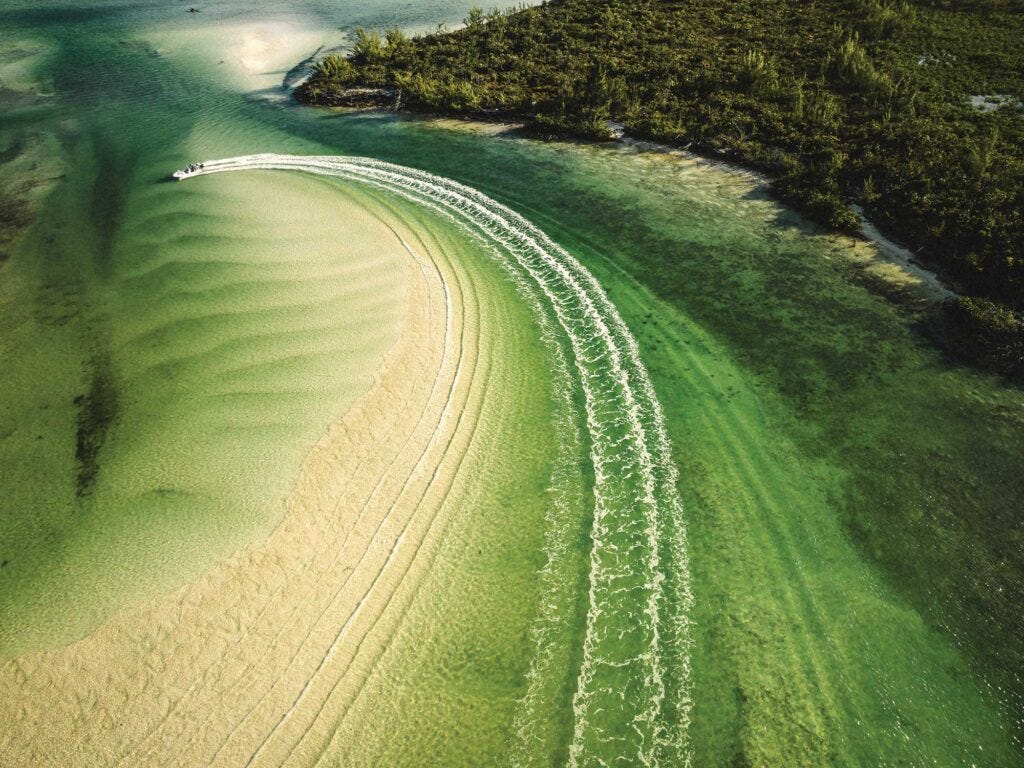The maritime rule of salvage has its origin in Roman law, which dictates that one who preserves or improves upon the misplaced property of another is owed compensation, even if the service was not requested. Let’s get out the internet trawler and get to work…
🎙️| Cut & Retie Podcast - The Over / Under on Ramp Muskies —> “Cheech” DeiCicchi of OTW recounts ‘his version of the events’ pertaining to a Niagara River Musky encounter, how Lake Erie’s Smallies are setting up, and the Inaugural Crawdad Classic Tourney (thanks for the new glide btw).
🎥 | Pete Utschig’s Sand Beach Striper Season Plug Essentials
Fishing Reports | OnTheWater - FishermanMag - HullTruth - SOL
Renew your HMS vessel permits here.***
Gear Guide by Tak Waterman | Solar Stretch® Performance Hoodie
Description | Stay cool, protected, and confident on the water this Summer with the high-performance Solar Stretch hoodie. Designed for anglers, it blocks harmful UV rays to prevent the dead give-away ‘work from home’ sunburn and helps maintain long-term skin health—all while keeping you comfortable under the sun. Lightweight, breathable, and moisture-wicking, it’s your best defense against the elements so you can focus on the catch, not the consequences.
Emergency Bulletin: NOAA Retention Limit Adjustment: Atlantic Bluefin Tuna
Well, the plan for this week was to dive into some timeless early-season Tuna Strategerie, but it would irresponsible to not address the regulatory gut-shot delivered last week via NOAA’s ‘Retention Limit Adjustment’ for Private & Charter boats fishing recreationally with HMS permits. The adjustment now allows private boats to retain just one school (27 to <47”) tuna, while Charter operations can retain two school (27 to <47”) tuna. The prior default limit had been an allowance of one school to medium (47 to <73”) tuna for all recreational boats. The trimming of the ‘slot limit’ by eliminating 48 to <73” fish, in my opinion, relegates much of the Northeast inshore tuna grounds to a ‘catch & release’ only fishery (especially north of RI), as the 27-47” class of fish rarely traverse these waters. Unfortunately, the issues only begin there…
Fisheries Management —> Its my opinion that this retention adjustment is a likely ‘overcorrection’ as a result of the overfishing which occurred in the Mid-Atlantic Region this Winter during NOAA’s 60-day regulatory freeze. That comes despite current ICCAT and U.S. stock assessments suggesting the western Atlantic bluefin stock is not overfished and shows signs of ‘rebuilding success’. That’s fine and all, but if stock rebuilding is the goal of the adjustment, why specifically target a higher number of juvenile fish and risk a reduction of future spawning biomass? This policy would seem inconsistent with adaptive, science-based management.
Fairness Concerns —> Magnuson-Stevens Act Principles require fair and equitable allocation among end-user groups. Restricting recreational harvest to a narrow geography and less-available size class may violate this principle, and have unintentional substitution effects (a more concentrated commercial Tuna effort on Sundays and more pressure on struggling Striped Bass stocks). Globally as well, it’s no secret that US recreational anglers are being squeezed harder than most international commercial fleets that exploit the same migratory stock in the Eastern Atlantic. This adjustment further undermines the U.S. position at ICCAT when demanding compliance from nations with far less responsible fisheries. Before picking winners/losers domestically, NOAA needs to advocate for a larger US quota and more stringent enforcement abroad.
Economic Concerns —> The regulatory burden on the Charter industry (via RFDs) was already high, and now it will be disproportionately higher, as Captains are going to have to educate clients on new regulations, go multiple trips without being able to retain fish for paying customers, and potentially miss out on re-bookings and tips. The knock-on effects will hit tackle shops, marinas, and coastal tourism economies.
Ethical Concerns —> No one wants to say it, but limiting recreational retention to small, lower-value fish, is going to undermine the concept of selective, respectful harvest…and result in a jump in non-compliance. This will only further degrade the quality of reporting data NOAA uses to assess policy.
My challenge to BWG readers is to take the high road: 1) Borrow some of the points above (and your own observations) to email NOAA reps (brad.mchale@noaa.gov, randy.blankinship@noaa.gov, peter.cooper@noaa.gov, michael.ruccio@noaa.gov) 2) Regardless of whether these rules are amended, set an example for others this year in catch, release, and reporting ‘best practices’ on both small & large tuna 3) Remember that integrity is doing what’s right regardless of who is there to see it (whether you’re all alone 40-miles offshore, or plastering it on social media). 3) Don’t forget that Tuna fishing is a privilege. With that privilege comes the responsibility to treat these incredible creatures with the respect they deserve so that we (and future generations) can continue to enjoy this cultural pastime.
AI Cracks the Ocean’s Acoustic Code to Reveal Hidden Marine Life (TechDaily) - “The researchers trained a neural network to sort through the deluge of acoustic data automatically, analyzing audio recordings in real time. Their algorithm can match the accuracy of human experts in deciphering acoustical trends on a reef, but it can do so more than 25 times faster, and it could change the way ocean monitoring and research is conducted. Some work involves integrating this type of neural network onto a floating mooring that’s broadcasting real-time updates of fish call counts. We are also working on putting our neural network onto our autonomous underwater vehicle, CUREE, so that it can listen for fish and map out hot spots of biological activity.” —> How long until big sport boats start deploying fleets of AUVs while tournament fishing? Could that be the Saltwater community’s ‘LiveScope’ moment?
Catch Bluefins Off Maine This Summer (SportFishMag) - “The availability of the tuna’s favorite prey — herring, mackerel and squid — is another advantage for Maine. The increased presence of forage has led to increased catch rates, both captains say. Others indicated that changes in sea-surface temperatures in the Gulf of Maine attract the baitfish, and bluefins follow. Whether this “congregation” of warm and cool waters is caused by climate change or not is up for debate, but the fact remains that the currents that cause these temperature fluctuations carry baitfish. And fishing for bluefins on the edges of these zones is becoming increasing productive. “There’s a lot more tuna now than there were in the early 2000s, “ said Brown. “It seems the season is longer and there are just a lot more fish.”
Stalking Bonefish in the Bahamas (SaltwaterSportsman) - “Bonefish can make or break an angler. No matter the money and time you spend to get to Bahamian bonefish waters, it always comes down to that one moment when everything comes together in a fleeting instance of time. Finding fish, predicting weather, judging and delivering the cast, the hook-set—it must all be perfect, or you come up with nothing but a sunburn. Here’s how to align the factors for success and how not to screw it up, according to three top native Bahamian guides.”
Looking for more information about a product after reading The Weekly Salvage?
Try using GearSay, the first generative AI tool specifically tailored to help you find the right fishing tackle.
Thanks for reading The Weekly Salvage, until next week!
Have feedback or want to learn more?
Reach out to us on IG @Blowin_We_Goin



